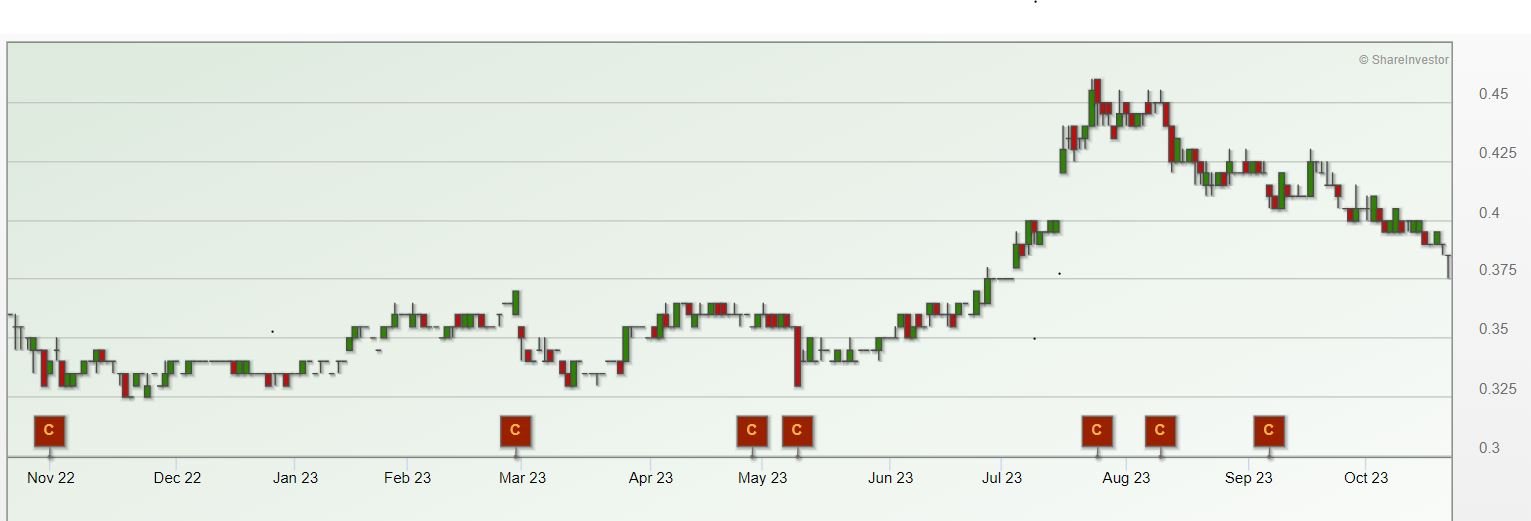Excerpts from CGSCIMB report
Centurion Corporation (SGX: OU8)
- Singapore’s MOM has announced new improved interim standards for existing dormitories to be implemented between 2027 and 2030.
- Centurion Corporation (Centurion)’s PBDs already meet some of the new requirements, and it has put plans in place to reduce the impact of compliance on market bed supply.
- Gradual de-densification of worker dorms is in line with our expectations, and reaffirms our view that supply tightness could persist in medium term.
MOM launches transitional new standards for existing dorms
Singapore’s Ministry of Manpower (MOM) announced today a Dormitory Transition Scheme (DTS) to improve existing worker dormitories’ living conditions and resilience against any potential future pandemics.
Dormitories approved before Sep 2021 can transition to the Interim Dormitory Standards (IDS), which are less comprehensive than the New Dormitory Standards (NDS) applicable for newer dorms.
The IDS include specifications such as a maximum of 12 residents per room, a minimum living space of 3.6 square meters per resident, ensuite toilets and showers, and stricter isolation facility requirements during normal and pandemic times.
Given the existing shortage of worker housing, dorm operators have from 2027 to 2030 to transition under the DTS, and financial support may be provided for the retrofitting costs. By 2040, all dorms must fully comply with the NDS.
As of end-1H23, Centurion (CENT) has 34,786 bed capacity for worker accommodations in Singapore. Of which, 27,540 beds under its five purpose-built dorms (PBD) require retrofitting to meet the IDS.
The five PBDs already have ensuite facilities but require retrofitting for other specifications.
Gradual de-densification suggests supply tightness to persist
To prepare for the DTS, Centurion plans to partially redevelop two of its PBDs – it has received provisional permissions from relevant authorities and aims to complete them before the transition period begins in 2027.
This will allow Centurion to progressively retrofit other parts of the dorms with minimal disruption to bed capacity.
Depending on the extensiveness of retrofitting required for the five PBDs, Centurion estimates a reduction of between 800 to 3,000 of its existing PBD bed capacity in Singapore by 2030.
Overall, the gradual de-densification of foreign worker dormitories is in line with our expectations.
The timeline put out by MOM suggests that it expects ongoing supply tightness could persist through 2026, which is supportive of our view that rental rates for workers accommodation will remain at high levels in the medium term.
We make no changes to our EPS for our forecast period as the transition period begins in 2027. In the interim, we believe the Singapore government will release more new sites for construction of temporary and/or permanent housing to prepare for the upcoming transition.
We also note from the worker accommodation’s standard implementation in Malaysia in 2022 that Centurion was able to more than offset the reduction of bed capacity via an increase in rental rates.
Valuation/Recommendation
Reiterate Add with TP of S$0.60 based on blended valuation (7.4x FY24F P/E and 40% discount to RNAV) as we see Centurion riding on favourable industry dynamics amid ongoing regulatory reforms to improve migrant worker housing standards.

You can find the full report here and the company website here.
